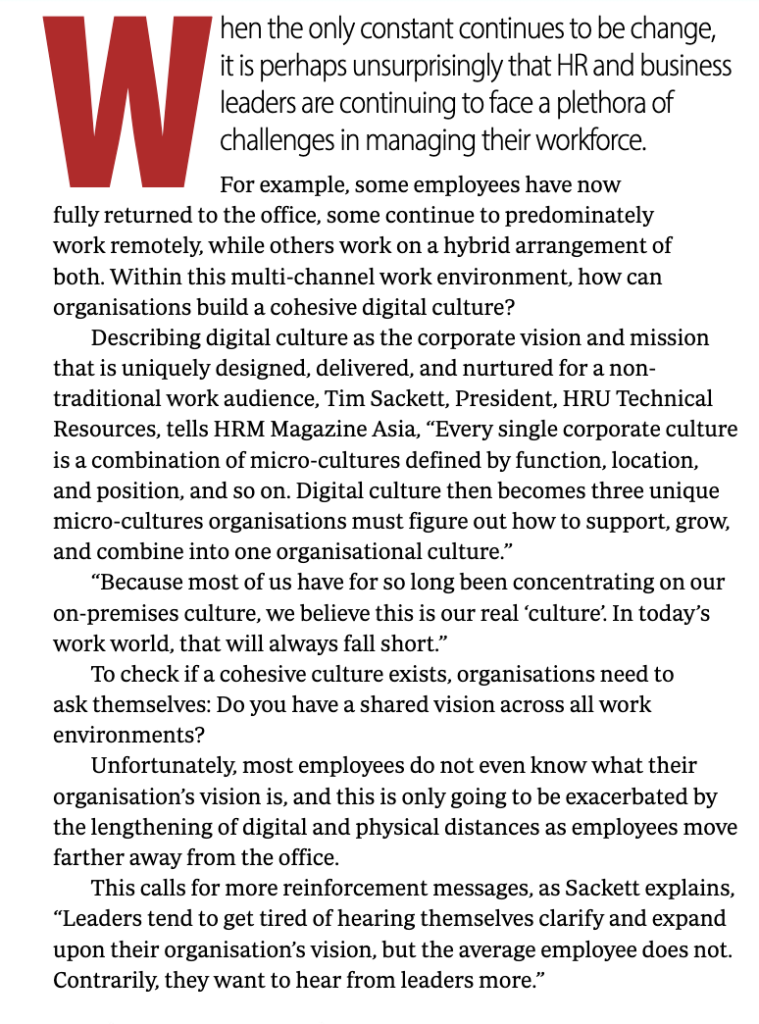If you’re like most people, you’ve probably worked for some good bosses and some bad bosses. The best bosses I worked for were supportive and empathetic. They cared about me as a person and supported me as a professional. The bad bosses usually just focused on themselves and what I could do for them.
I know many people who will talk about working for a terrible boss and actually show signs of professional PTSD! We joke, but sometimes the experience can be that awful. There was a recent study done with refugees who are survivors of torture. I’m not saying working for a bad boss is “torture,” but I know I can find some people who would argue it is!
Here goes, Tim! Good bosses, bad bosses, and torture survival!
The study mentioned above found that refugees who were tortured, compared to those who didn’t get tortured, became more resilient. That which doesn’t kill you makes you stronger, comes to mind.
I think the same can be said about working for a bad boss compared to a good boss.
Employers are constantly looking for resilient employees. We try to measure resiliency in pre-employment assessments. During the past few years, resilience as a hiring competency has been very hot.
I have this theory that working for a bad boss or a bad company that treats you poorly, in many ways, makes you a better employee than you working for a great boss and a great company. And it all has to do with raising your level of resilience! You see, when times are good, and things are relatively easy, you are exercising that resiliency muscle.
I’m not saying you get soft working for great leaders and great companies, but you might get a little soft!
We see this constantly in the world as we go through great economic times. Everyone gets a little softer. Hard economic times force us to work that resiliency muscle. To harden up a bit, to grow a thicker skin, put up with some stuff that we wouldn’t normally, to survive.
Bad Bosses and Bad Companies Make More Resilient Workers!
There’s a fine line between becoming resilient and getting broken. That’s the hard part. Like the study found, in some cases, a person just gives up and accepts their fate. They begin to believe this was somehow deserved. The key is to find the “survivors,” those who wouldn’t give in or give up. Those who actually become more resilient from their experiences. Those are your diamonds in the rough from an employee perspective.
Too often, we only want to hire from winners. “Well, they worked for Google. They must be awesome!” And they might be. But I want “awesome” and “resilient” when I know we’ll face tough times. When we have to dig ourselves out of a hole, from a business perspective, I want to have some people who have been in a hole before and found their way out!
Another option is looking for strong workers who work for a bad boss at a good employer. We all know the world, at every company, is littered with some bad bosses, no matter the brand. I have a feeling the same resilience is built up over time. Having to “deal” with a bad boss for a while, and figuring out how to be still productive and get things done is an amazing skill to have acquired in your career. Even though it won’t feel that way at the time!
Yep, today Tim wrote about how refugee torture victims and working for bad bosses is similar to how we build resilience. Now to work on a case study with my own team…
Stay hard.

